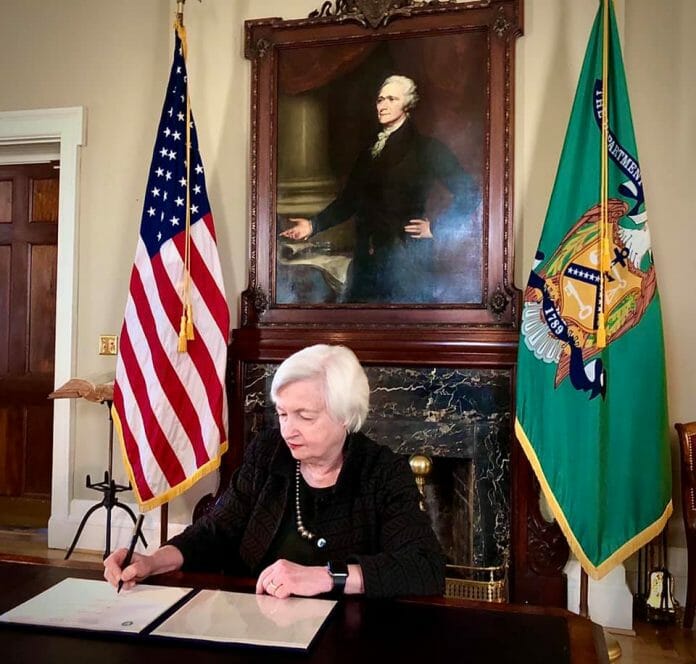- The market reaction to a new set of information often says a lot about how investors are positioned. US stocks broke out to an all-time high and US 10-year Treasury yields are once again testing the key 1.47% support level even after data showed US inflation in May rose more than expected to 5% y/y, a 13-year high. This suggests markets agree with the Fed that the current bout of inflation is transitory and that the Fed is unlikely to start unwinding its unprecedented monetary stimulus soon.
- For months, as the US economy gathered momentum and inflation expectations were upgraded, investors have toyed with a key question: When will the US central bank take away the punchbowl? Based on recent data, we believe next week’s meeting is too soon for the Fed to signal any change, although there is a rising chance it may announce tapering of its bond purchases in the next 6-12 months. This is unlikely to surprise the market. Investors are anticipating a Fed rate hike by H1 2023, which implies tapering is likely to start in H1 2022.
- Fed will be guided by two key factors:
- The US job market recovery: Weaker-than-expected job creation in April and May has pushed back tapering talk. This partly explains the pullback in US Treasury yields in recent weeks. Although the US jobless rate has fallen from the post-pandemic high of 14.8% to 5.8% in May, the US needs to recover at least 8m more jobs to reach the Fed’s “maximum employment” goal. The Fed has been particularly concerned about lower income jobs, which constitute two-thirds of those unemployed. Here, the recovery could take longer, not only due to distortions created by state jobless benefits, some of which could last till September, but also due to a skills gap. This explains the divergence between record job vacancies and the high number of unemployed workers.
- US inflation: This week’s inflation print, which included a 3.8% y/y surge in core prices – a 29-year high – marks the peak of this cycle. The y/y surge is an effect of the collapse in crude oil and other prices in Q2 2020. We expect prices to decelerate by Q1 22 as critical segments (such as used car, hotel and airline prices) moderate amid easing supply bottlenecks, although there is a risk that this transition could take longer than currently estimated. Shelter costs, which account for two-fifth of core inflation, are likely to be relatively subdued as big city rents remain under pressure. Meanwhile, wage pressures, seen in some low-paid services sectors, are likely to fade as more workers return to the job market.
- The Fed has made it clear as part of its new policy that it wants to see, rather than anticipate, the economy achieving “maximum employment” and core inflation sustainably staying above 2% for some time before it starts to tighten its monetary policy. The Fed is unlikely to have enough clarity on these two factors before Q4 to take a decision. However, it may start “talking about talking about” tapering earlier – perhaps as soon as its annual Jackson Hole meeting in August – if these factors evolve as expected. We believe markets are better prepared now for a Fed tapering than in 2013. Treasury yields surged earlier this year in anticipation of less easy Fed policy. Also, more frequent Fed communications reduce the scope for policy surprises.
This report extracted from Standard Chartered Weekly market overview.









